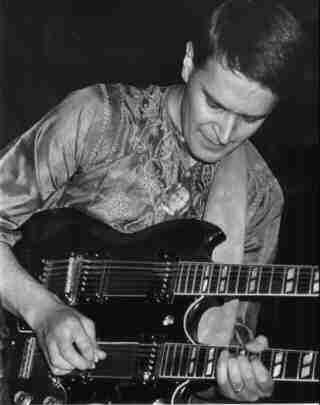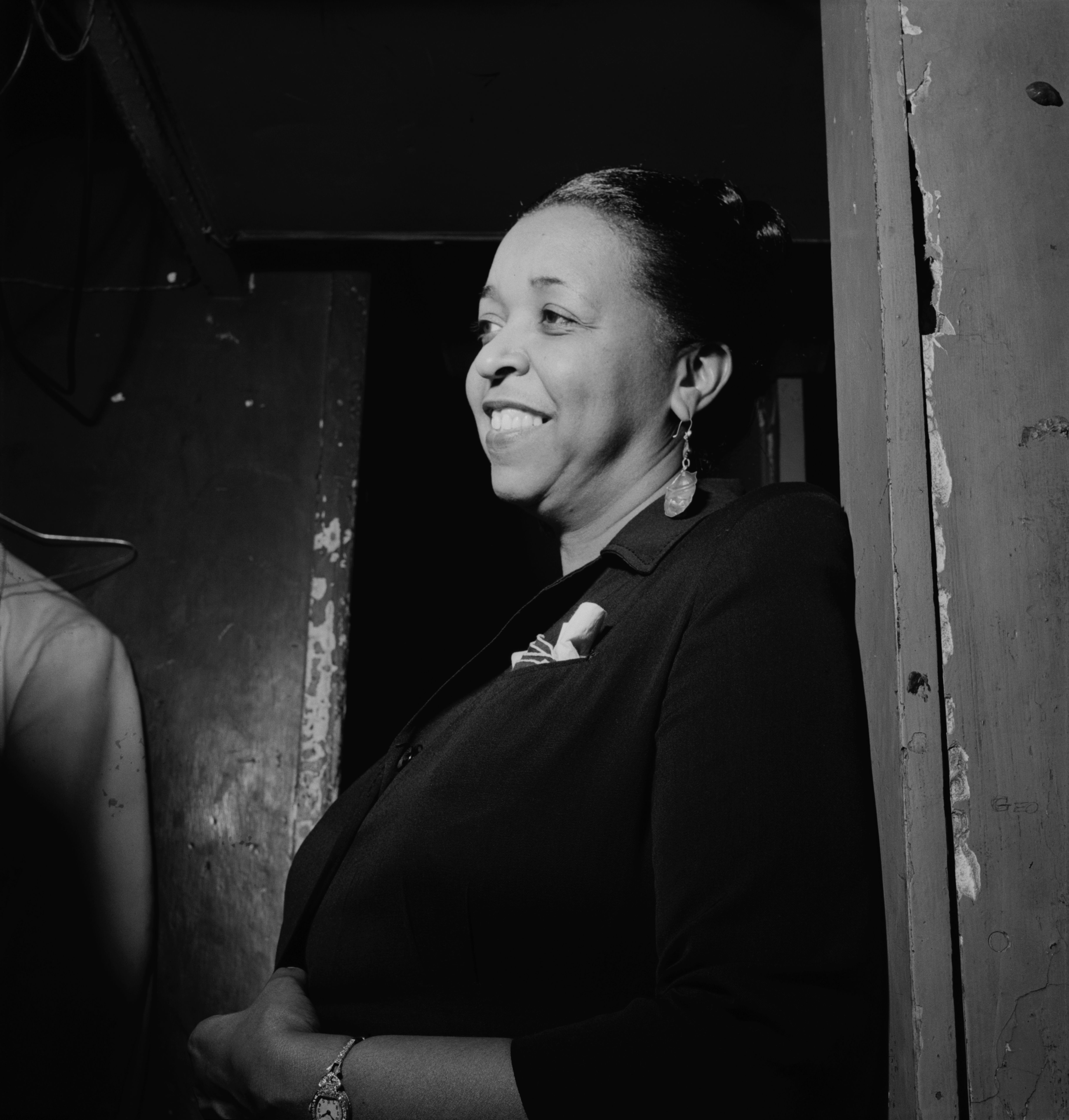|
Ginkai
is a 1970 album released by Hōzan Yamamoto, featuring Western jazz instrumentalists such as bassist Gary Peacock, pianist Masabumi Kikuchi and drummer Hiroshi Murakami. It is an early example of fusion experiments with jazz and Japanese classical music. Track listing :''All compositions by Masabumi Kikuchi'' #Prologue (序) - 3:10 #Silver World (銀界) - 12:22 #Stone Garden of Ryōan Temple (竜安寺の石庭) - 10:08 #A Heavy Shower (驟雨) - 9:46 #Sawanose (沢之瀬) - 11:46 #Epilogue (終) - 2:52 Personnel *Hōzan Yamamoto – shakuhachi flute * Masabumi Kikuchi – piano *Gary Peacock Gary George Peacock (May 12, 1935September 4, 2020) was an American jazz double bassist. He recorded a dozen albums under his own name, and also performed and recorded with major jazz figures such as avant garde saxophonist Albert Ayler, pianist ... – double-bass * Hiroshi Murakami – drums 1977 albums {{1970s-jazz-album-stub ... [...More Info...] [...Related Items...] OR: [Wikipedia] [Google] [Baidu] |
Hōzan Yamamoto
Hōzan Yamamoto (山本 邦山, ''Yamamoto Hōzan''; October 6, 1937 - February 10, 2014 in Ōtsu, Shiga prefecture) was a Japanese shakuhachi player, composer and lecturer. Yamamoto started playing the Japanese bamboo flute shakuhachi at the age of nine. He was initially taught by his father and then by Chozan Nakanishi. After graduating from Kyoto Junior College of Foreign Studies in 1958, he participated in UNESCO's World Folk Music Festival and graduated from Seiha Music College in 1962. Together with koto player Shinichi Yuize and Tony Scott, he recorded the album Music for Zen Meditation in February 1964. After forming the widely acclaimed "Shakuhachi Sanbon Kai" trio in 1966 with Reibo Aoki and Katsuya Yokoyama, he electrified the conservative traditional scene by applying his talents to a variety of crossover collaborations. These have led him to work with such world-renowned musicians as Ravi Shankar, Helen Merrill, Gary Peacock and Karl Berger, and also with flute ... [...More Info...] [...Related Items...] OR: [Wikipedia] [Google] [Baidu] |
Gary Peacock
Gary George Peacock (May 12, 1935September 4, 2020) was an American jazz double bassist. He recorded a dozen albums under his own name, and also performed and recorded with major jazz figures such as avant garde saxophonist Albert Ayler, pianists Bill Evans, Paul Bley and Marilyn Crispell, and as a part of Keith Jarrett’s “Standards Trio” with drummer Jack DeJohnette. The trio existed for over thirty years, and recorded over twenty albums together. DeJohnette once stated that he admired Peacock's "sound, choice of notes, and, above all, the buoyancy of his playing." Marilyn Crispell called Peacock a "sensitive musician with a great harmonic sense." Early life Peacock was born in Burley, Idaho, on May 12, 1935; his father worked as a business consultant for grocery stores, and his mother was a homemaker. He grew up in Yakima, Washington, where he attended Yakima Senior High School, now called A.C. Davis High School. His earliest musical experiences involved playing piano, ... [...More Info...] [...Related Items...] OR: [Wikipedia] [Google] [Baidu] |
Masabumi Kikuchi
was a Japanese jazz pianist and composer known for his unique playing style. He worked with many diverse musicians, including Sonny Rollins, Miles Davis, McCoy Tyner, Elvin Jones, Gary Peacock and Paul Motian, and collaborated with Gil Evans and Tōru Takemitsu. Biography Masabumi Kikuchi was born in Tokyo in 1939. Following the firebombing of Tokyo in 1945, his family moved out of the city and settled in the rural Aizuwakamatsu, Fukushima prefecture, where his parents were born. He studied music at the Tokyo Art College High School. While a student, he began buying second-hand records, most likely left behind by American soldiers. His early influences were Duke Ellington, Miles Davis and Thelonious Monk. After graduating, he joined Lionel Hampton's Japanese touring band. He started a quintet with Terumasa Hino but soon after left for the US after winning a scholarship to study at Berklee College of Music. He died from a subdural hematoma on 6 July 2015 at a hospit ... [...More Info...] [...Related Items...] OR: [Wikipedia] [Google] [Baidu] |
Jazz Fusion
Jazz fusion (also known as fusion and progressive jazz) is a music genre that developed in the late 1960s when musicians combined jazz harmony and improvisation with rock music, funk, and rhythm and blues. Electric guitars, amplifiers, and keyboards that were popular in rock and roll started to be used by jazz musicians, particularly those who had grown up listening to rock and roll. Jazz fusion arrangements vary in complexity. Some employ groove-based vamps fixed to a single key or a single chord with a simple, repeated melody. Others use elaborate chord progressions, unconventional time signatures, or melodies with counter-melodies. These arrangements, whether simple or complex, typically include improvised sections that can vary in length, much like in other forms of jazz. As with jazz, jazz fusion can employ brass and woodwind instruments such as trumpet and saxophone, but other instruments often substitute for these. A jazz fusion band is less likely to use piano and dou ... [...More Info...] [...Related Items...] OR: [Wikipedia] [Google] [Baidu] |
Jazz
Jazz is a music genre that originated in the African-American communities of New Orleans, Louisiana in the late 19th and early 20th centuries, with its roots in blues and ragtime. Since the 1920s Jazz Age, it has been recognized as a major form of musical expression in traditional and popular music. Jazz is characterized by swing and blue notes, complex chords, call and response vocals, polyrhythms and improvisation. Jazz has roots in European harmony and African rhythmic rituals. As jazz spread around the world, it drew on national, regional, and local musical cultures, which gave rise to different styles. New Orleans jazz began in the early 1910s, combining earlier brass band marches, French quadrilles, biguine, ragtime and blues with collective polyphonic improvisation. But jazz did not begin as a single musical tradition in New Orleans or elsewhere. In the 1930s, arranged dance-oriented swing big bands, Kansas City jazz (a hard-swinging, bluesy, improvisationa ... [...More Info...] [...Related Items...] OR: [Wikipedia] [Google] [Baidu] |
Japanese Classical Music
is a type of Music of Japan, Japanese classical music that was historically used for imperial court music and dances. was developed as court music of the Kyoto Imperial Palace, and its near-current form was established in the Heian period (794-1185) around the 10th century.History of gagaku Nihon gagakukai Today, it is performed by the Board of Ceremonies in the Tokyo Imperial Palace. Gagaku consists of three primary repertoires: #Native Shinto music, Shinto religious music and imperial songs and dance, called #Vocal music based on native folk music, folk poetry, called #Songs and dance based on foreign-style music ##A China, Chinese, Vietnam, Vietnamese and India, Indian form (specifically Tang Dynasty), called ##A Kor ... [...More Info...] [...Related Items...] OR: [Wikipedia] [Google] [Baidu] |
Philips
Koninklijke Philips N.V. (), commonly shortened to Philips, is a Dutch multinational conglomerate corporation that was founded in Eindhoven in 1891. Since 1997, it has been mostly headquartered in Amsterdam, though the Benelux headquarters is still in Eindhoven. Philips was formerly one of the largest electronics companies in the world, but is currently focused on the area of health technology, having divested its other divisions. The company was founded in 1891 by Gerard Philips and his father Frederik, with their first products being light bulbs. It currently employs around 80,000 people across 100 countries. The company gained its royal honorary title (hence the ''Koninklijke'') in 1998 and dropped the "Electronics" in its name in 2013, due to its refocusing from consumer electronics to healthcare technology. Philips is organized into three main divisions: Personal Health (formerly Philips Consumer Electronics and Philips Domestic Appliances and Personal Care), Connecte ... [...More Info...] [...Related Items...] OR: [Wikipedia] [Google] [Baidu] |
Hiroshi Murakami
is a Japanese jazz drummer. Murakami began playing percussion as a teenager, and was playing in a group with Takehiro Honda at age 19. He would go on to play with Masabumi Kikuchi, Kosuke Mine, and Sadao Watanabe in the 1970s, in addition to drumming for the group Native Son. In 1981 he started working as a leader, and has continued playing as a sideman for, among others, Nobuyoshi Ino, Manabu Oishi, and Hidefumi Toki.Kazunori Sugiyama, "Hiroshi Murakami". '' The New Grove Dictionary of Jazz''. 2nd edition, ed. Barry Kernfeld Barry Dean Kernfeld (born August 11, 1950) is an American musicologist and jazz saxophonist who has researched and published extensively about the history of jazz and the biographies of its musicians. Education In 1968, Kernfeld enrolled at .... References {{DEFAULTSORT:Murakami, Hiroshi 1948 births Japanese jazz drummers Musicians from Tokyo Living people ... [...More Info...] [...Related Items...] OR: [Wikipedia] [Google] [Baidu] |
Jazz
Jazz is a music genre that originated in the African-American communities of New Orleans, Louisiana in the late 19th and early 20th centuries, with its roots in blues and ragtime. Since the 1920s Jazz Age, it has been recognized as a major form of musical expression in traditional and popular music. Jazz is characterized by swing and blue notes, complex chords, call and response vocals, polyrhythms and improvisation. Jazz has roots in European harmony and African rhythmic rituals. As jazz spread around the world, it drew on national, regional, and local musical cultures, which gave rise to different styles. New Orleans jazz began in the early 1910s, combining earlier brass band marches, French quadrilles, biguine, ragtime and blues with collective polyphonic improvisation. But jazz did not begin as a single musical tradition in New Orleans or elsewhere. In the 1930s, arranged dance-oriented swing big bands, Kansas City jazz (a hard-swinging, bluesy, improvisationa ... [...More Info...] [...Related Items...] OR: [Wikipedia] [Google] [Baidu] |
Shakuhachi
A is a Japanese and ancient Chinese longitudinal, end-blown flute that is made of bamboo. The bamboo end-blown flute now known as the was developed in Japan in the 16th century and is called the .Kotobank, Fuke shakuhachi. The Asahi ShimbunKotobank, Shakuhachi. The Asahi Shimbun A bamboo flute known as the , which is quite different from the current style of , was introduced to Japan from China in the 7th century and died out in the 10th century. [...More Info...] [...Related Items...] OR: [Wikipedia] [Google] [Baidu] |




